Ask AI on The Internet
Question: CHAPTER STUDY GUIDE What is society? What is culture? What is material culture? Give 2 examples of material culture. What is nonmaterial culture? Give 2 examples of nonmaterial culture. What are the five categories nonmaterial culture can be divided into? What is the most obvious aspect of culture? What is a norm? What is a folkway? What is a more? What is a taboo? What taboo can be found in every society? What is a law? Are all mores and folkways laws? What is a sanction? What is a formal sanction? What is an informal sanction? Give an example of a positive sanction. Give an example of a negative sanction. What is a value? What is a belief? What is ideal culture? What is real culture? What three reasons cause culture to change? What is ethnocentrism? What is cultural lag? What is a vested interest? Is there cultural diversity in every society? What is a subculture? Give an example of a subculture. What are cultural universals? Give two examples of cultural universals. Are cultural universals carried out the same way in every culture? Only put Necessary information, no long answers, and number them 1-30 in order
1. Society: A group of people who live in a defined territory and share a culture. 2. Culture: The shared practices, values, and beliefs of a group. 3. Material Culture: Physical objects created by a society. Examples: Tools, clothing. 4. Nonmaterial Culture: Ideas and beliefs created by a society. Examples: Religion, language. 5. Five Categories of Nonmaterial Culture: Symbols, language, values, norms, and beliefs. 6. Most Obvious Aspect of Culture: Language. 7. Norm: A guideline or expectation for behavior. 8. Folkway: A norm for routine or casual interaction. 9. More: A norm that carries greater moral significance. 10. Taboo: A prohibition against certain actions or behaviors. 11. Taboo in Every Society: Incest. 12. Law: A norm that is formally inscribed by a legal authority. 13. Are Mores and Folkways Laws: Not all mores and folkways are laws. 14. Sanction: A response (positive or negative) to behavior to enforce norms. 15. Formal Sanction: Officially recognized and enforced. 16. Informal Sanction: Unofficial, arises from social interactions. 17. Example of Positive Sanction: Praise, award. 18. Example of Negative Sanction: Fine, scolding. 19. Value: A cultural standard for determining what is good or bad. 20. Belief: A conviction or acceptance that certain things are true or real. 21. Ideal Culture: The values and norms that a society professes to hold. 22. Real Culture: The values and norms that are actually followed. 23. Three Reasons for Culture Change: Innovation, diffusion, and conflict. 24. Ethnocentrism: Judging another culture by the standards of one's own culture. 25. Cultural Lag: The delay in cultural adjustments to changing social conditions. 26. Vested Interest: A personal stake in maintaining the status quo. 27. Is There Cultural Diversity in Every Society: Yes. 28. Subculture: A group within a society with distinct norms and values. Example: Goth culture. 29. Cultural Universals: Elements common to all human cultures. Examples: Family structures, communication through language. 30. Are Cultural Universals Carried Out the Same Way in Every Culture: No.
Think your answer is better than the AI's? Post it below.
Other Most Relevant Posts:
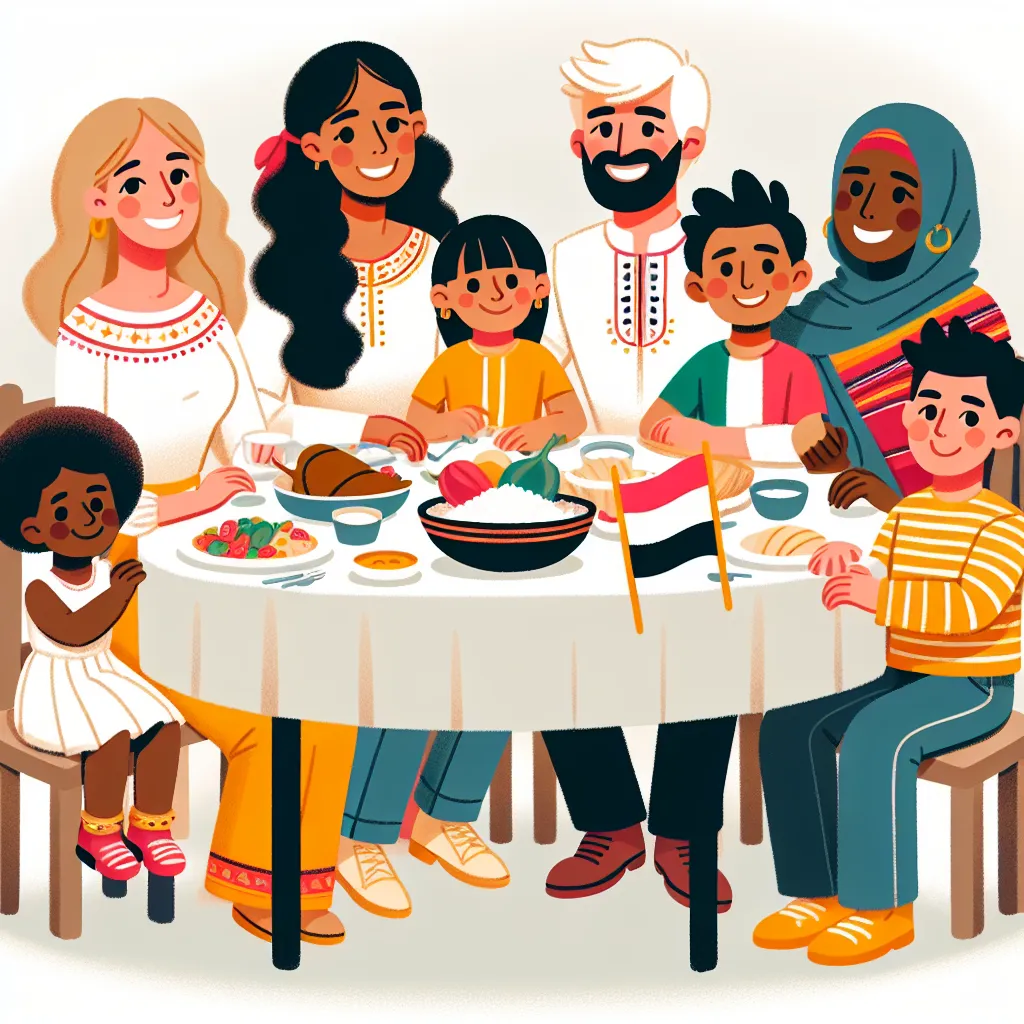 1. Society Defined
2. Understanding Culture
3. Material Culture Examples
4. Nonmaterial Culture Examples
5. Five Categories of Nonmaterial Culture
6. The Power of Language in Culture
7. Defining
1. Society Defined
2. Understanding Culture
3. Material Culture Examples
4. Nonmaterial Culture Examples
5. Five Categories of Nonmaterial Culture
6. The Power of Language in Culture
7. Defining
Question Tags
If you want your question answered by an AI, click here.
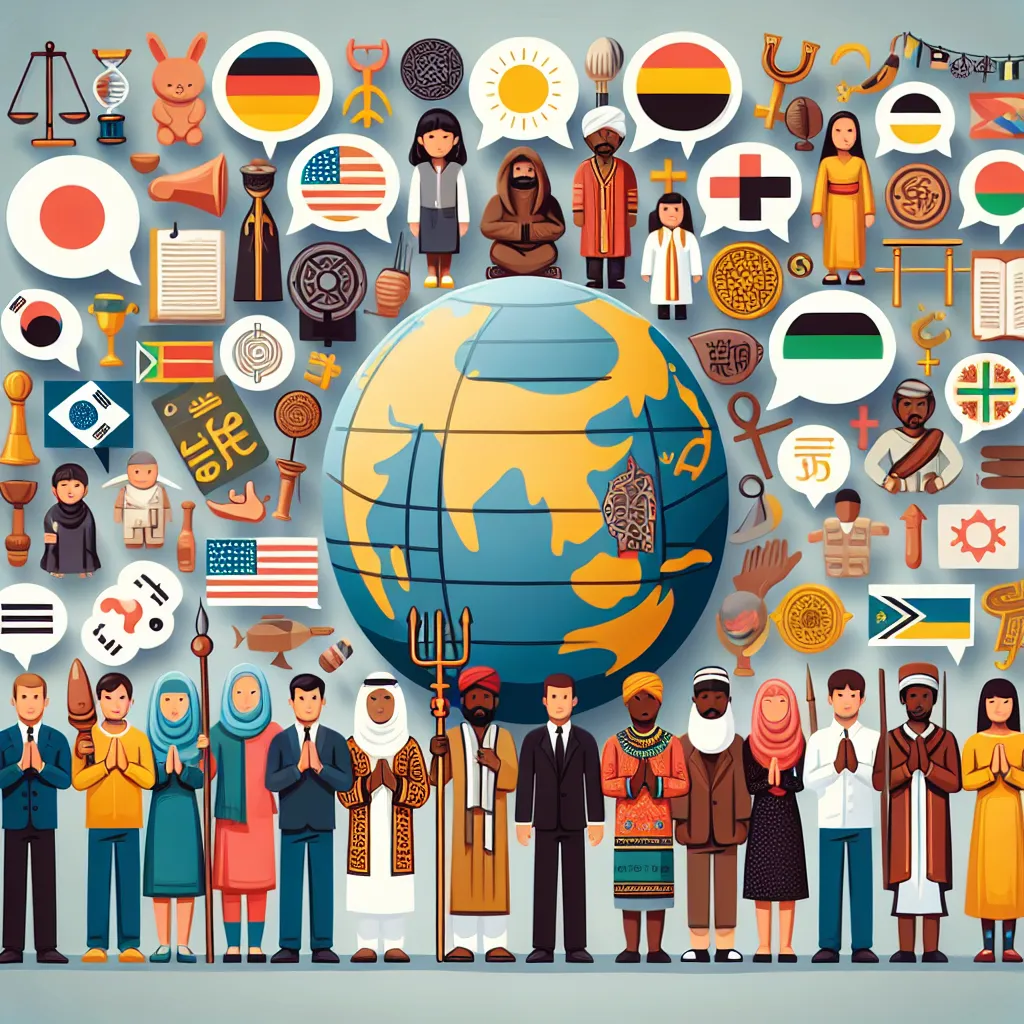
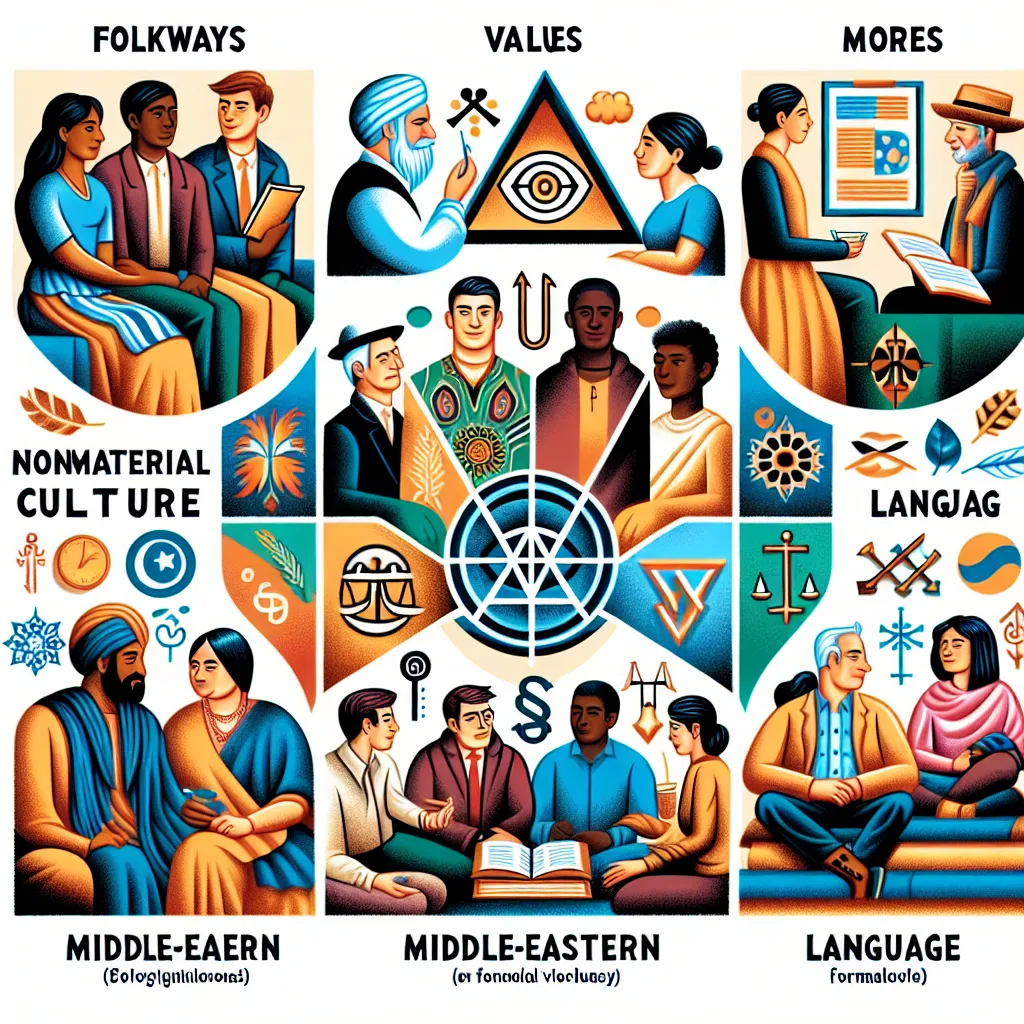
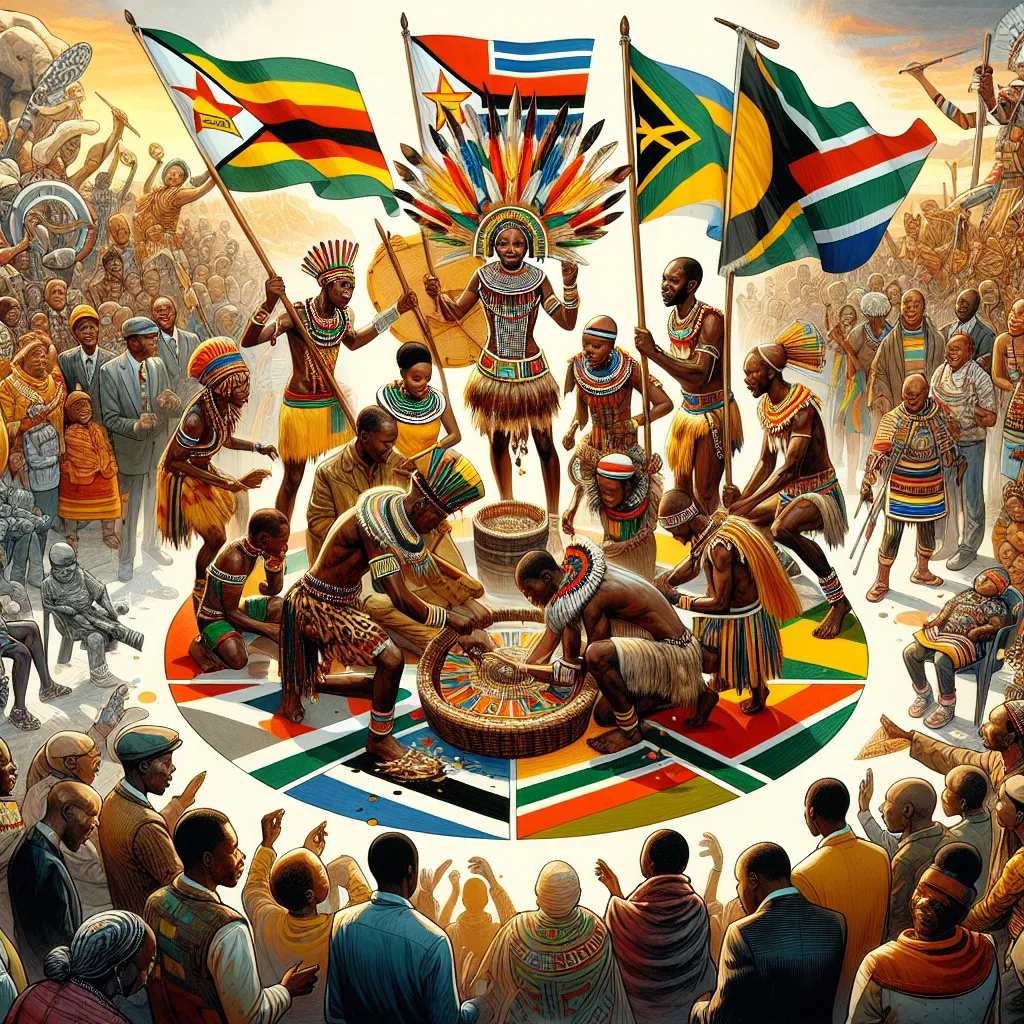
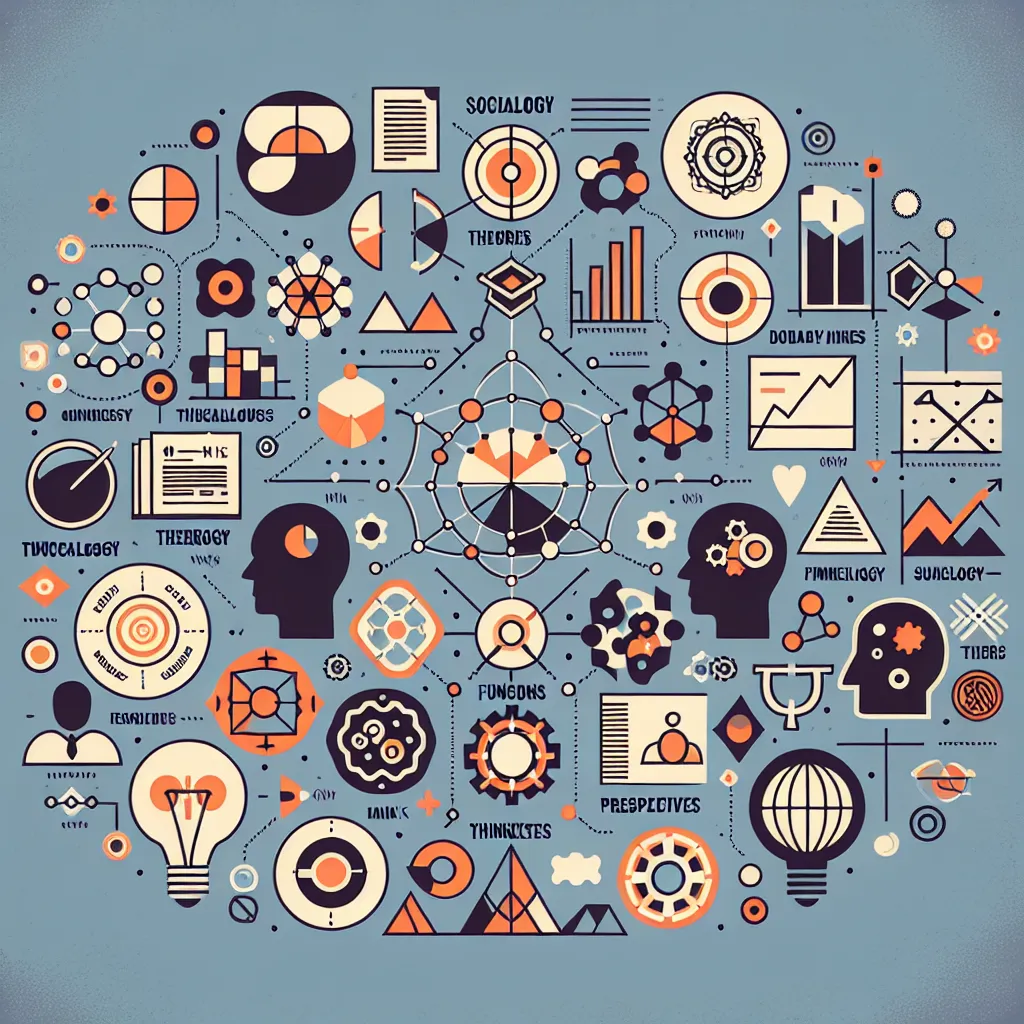

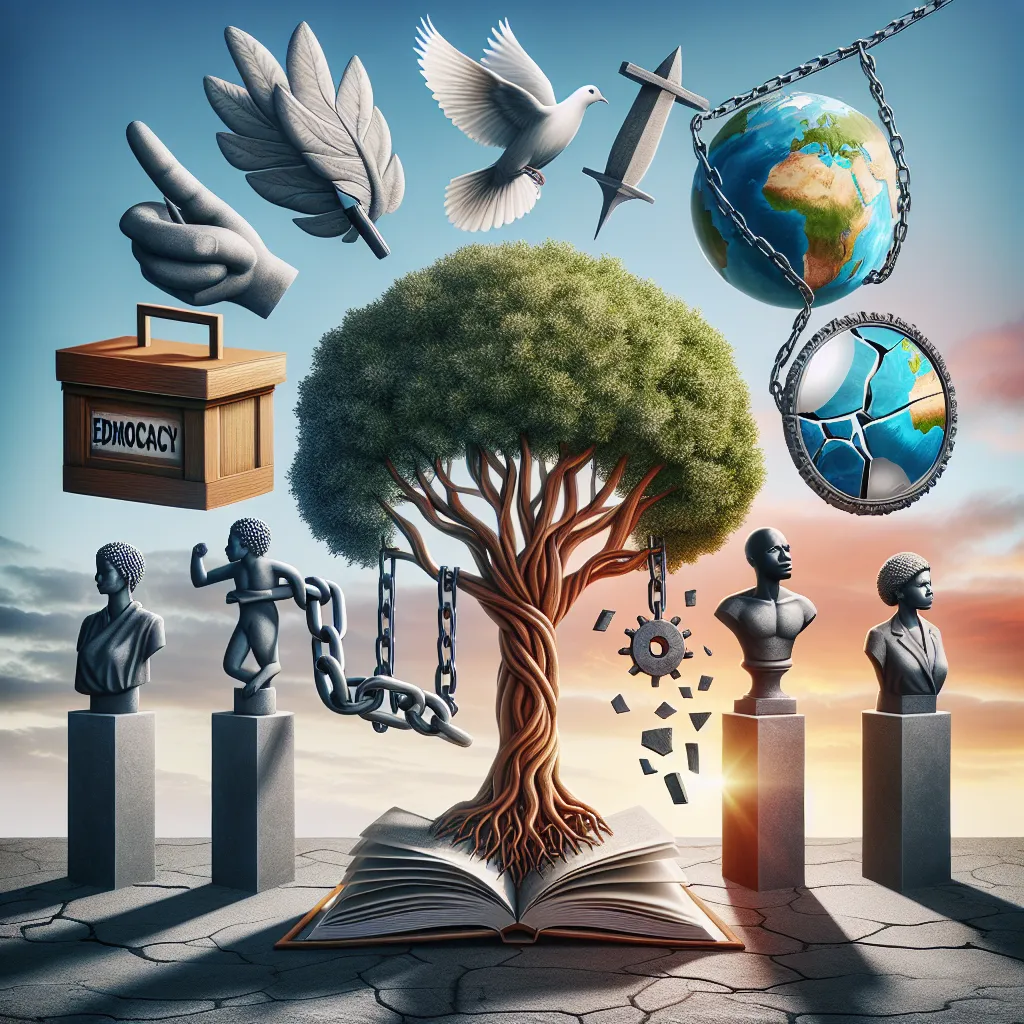
Post your own comment: